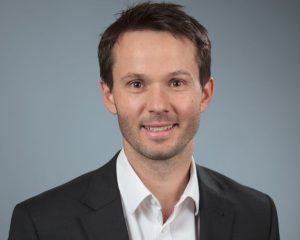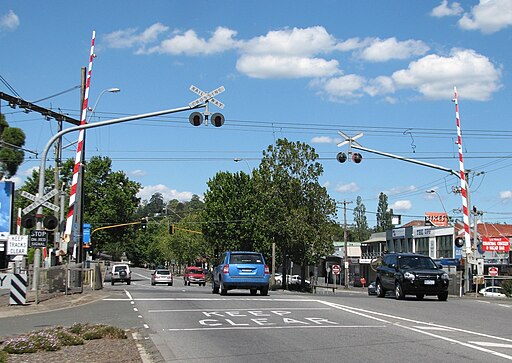Sustainability and community consultation were at the core of the Gap Road rail bridge project in Melbourne’s bustling north-west.
Projects are most often discussed in terms of the technical and engineering solution. Though engineers do this very well, sustainability in engineering goes well beyond that.

An excellent case study is one Grant Viljoen, Practice Lead Vic/SA Sustainability and Resilience at AECOM, will discuss at the upcoming Climate Smart Engineering (CSE23) conference: the Gap Road Level Crossing Removal Project, part of the Sunbury Line Upgrade in Victoria.
“We’re supporting a better, lower carbon transport network by improving rail services along the Sunbury line,” Viljoen told create. “By doing that, we’re looking at the bigger picture. We want to get more people into trains and out of road transport, and that’s helping [reduce] carbon emissions.”
But at the same time, Viljoen said, by challenging the original design, the Rail Network Alliance was able to create a solution that was far better for the people of Sunbury, as well as those who were simply passing through.
“What we got as the brief and the concept design at the start of the project is very different to how the end outcome looks,” he said.
“We looked at the broader context and picture, broader than just the engineering solution. A key part of that was challenging that brief, which had a four-span bridge that would have enclosed the separated walking and cycling paths.”
“Through an engineered solution we managed to remove two piers and open up that path. Opening up the pedestrian space made it a lot more inviting and welcoming.”
The change required a re-design of the approach slabs to maintain the structural integrity of the rail bridge without the extra piers.
“That was just one particular feature,” Viljoen said. “There were a bunch that we put in that made it feel more than just an engineering solution.”
Community needs
That first change to the original design spoke to safety and security.
The Sunbury community had highlighted these as major concerns. The project responded to this by offering a more welcoming space to walk or cycle through the area.
“Another thing is improving the general resilience of the area,” Viljoen said. “There were a number of climate resilience features that were put in, including increased landscaped areas.
“The third thing is that it features First Nations artwork on the cladding of the bridge [which] better reflects the local culture and heritage of the area.”
Holistic engineering
There was an urban design team, a sustainability team, an environment team and more working on the Gap Road Level Crossing Removal Project.
This was important in turning a good result into a great result that addressed the concerns of people, planet and road users by developing a good rail solution, a much improved environment for pedestrians and cyclists, and a dramatic easing of road congestion.
“There were all sorts of different people with different views and perspectives on the Project,” Viljoen said.
“Rather than it just being engineering, it was a more collaborative, holistic view of a project. There were a couple of factors that really helped drive that.”
“One is the alliancing model for projects. It emphasises a collaborative working approach across the project partners. The Rail Network Alliance has really embodied this approach.”
Another factor was the collaborative environment which added a new dimension to the work of engineers.
“Traditionally, we’ve been focused on responding to the client brief and producing something that’s going to meet certain technical guidelines and criteria,” Viljoen said.
“But by broadening that span of what we take into consideration when engineering something, then adding in other criteria like durability, climate resilience [and] carbon emissions, it opens up new dimensions to explore for engineers, and I think that can be very exciting.
“It’s evolving, the engineering discipline, into taking into consideration all those other views right at the start and using that to both define the concept and also define the context for that project. We identify a solution that’s going to take into consideration a broad range of stakeholders and local challenges, issues and opportunities.”
Grant Viljoen is just one of many experts who will be in attendance at CSE23. Discover the full line-up here — there’s still time to register!



